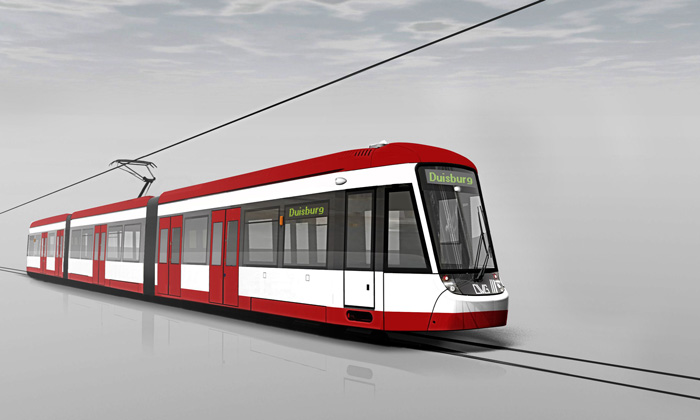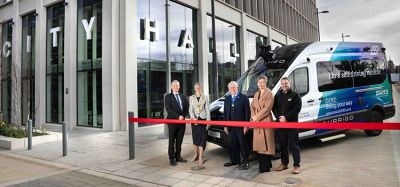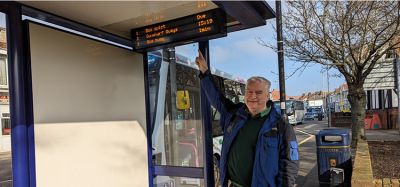Bombardier Transportation secures contract to supply 47 new FLEXITY trams
- Like
- Digg
- Del
- Tumblr
- VKontakte
- Buffer
- Love This
- Odnoklassniki
- Meneame
- Blogger
- Amazon
- Yahoo Mail
- Gmail
- AOL
- Newsvine
- HackerNews
- Evernote
- MySpace
- Mail.ru
- Viadeo
- Line
- Comments
- Yummly
- SMS
- Viber
- Telegram
- Subscribe
- Skype
- Facebook Messenger
- Kakao
- LiveJournal
- Yammer
- Edgar
- Fintel
- Mix
- Instapaper
- Copy Link
Posted: 14 December 2017 | Intelligent Transport | No comments yet
Duisburger Verkehrsgesellschaft AG’s (DVG) decision to purchase Bombardier’s FLEXITY trams will guarantee a smoother ride due to the unique combination of low-floor technology and conventional wheel-set bogies…


Duisburger Verkehrsgesellschaft AG’s (DVG) have invested in 47 new FLEXITY trams from Bombardier Transportation.
The contract is valued at approximately €132 million and the first vehicles will be delivered by mid-2019 with further trams to follow until 2023.
“We are making an investment in a mobility solution that will provide more comfort and space to our customers. In addition, we count on the newest technological developments for the safety of our passengers and traffic participants. That’s what Bombardier‘s vehicles deliver,” said Klaus-Peter Wandelenus, Chief Technology Officer at DVG.
Bombardier’s FLEXITY trams allow for more capacity and increased passenger-flow. The vehicles also feature the world’s first homologated obstacle detection assistance system for trams, which will improve safety for all traffic participants. To further ensure passenger safety, two cameras will replace rear-mirrors and an additional picture-in-picture camera will eliminate blind spots.
“We are proud that DVG relies on Bombardier’s expertise for the renewal of their fleet,” said Michael Fohrer, Managing Director of Bombardier Transportation Germany. “Passengers of DVG can look forward to equally innovative vehicles with maximum safety and comfort.”
The bidirectional 3-car-vehicles for Duisburg will be 70 per cent low-floor FLEXITY trams; 34m long, 2.3m wide and able to transport up to 200 passengers. With two additional doors in the end cars and one in the middle car, they will allow for better accessibility. The new fleet for increased passenger-flow and a higher capacity is Bombardier’s contribution to Duisburg’s efforts in attracting an even bigger share of the city’s population to use public transport, reduce road traffic and air pollution.
Related topics
Fleet Management & Maintenance, Public Transport
Related modes
Light Rail, Trams
Related cities
Germany
Related organisations
Bombardier Transportation, Duisburger Verkehrsgesellschaft AG
Related people
Klaus-Peter Wandelenus, Michael Fohrer








